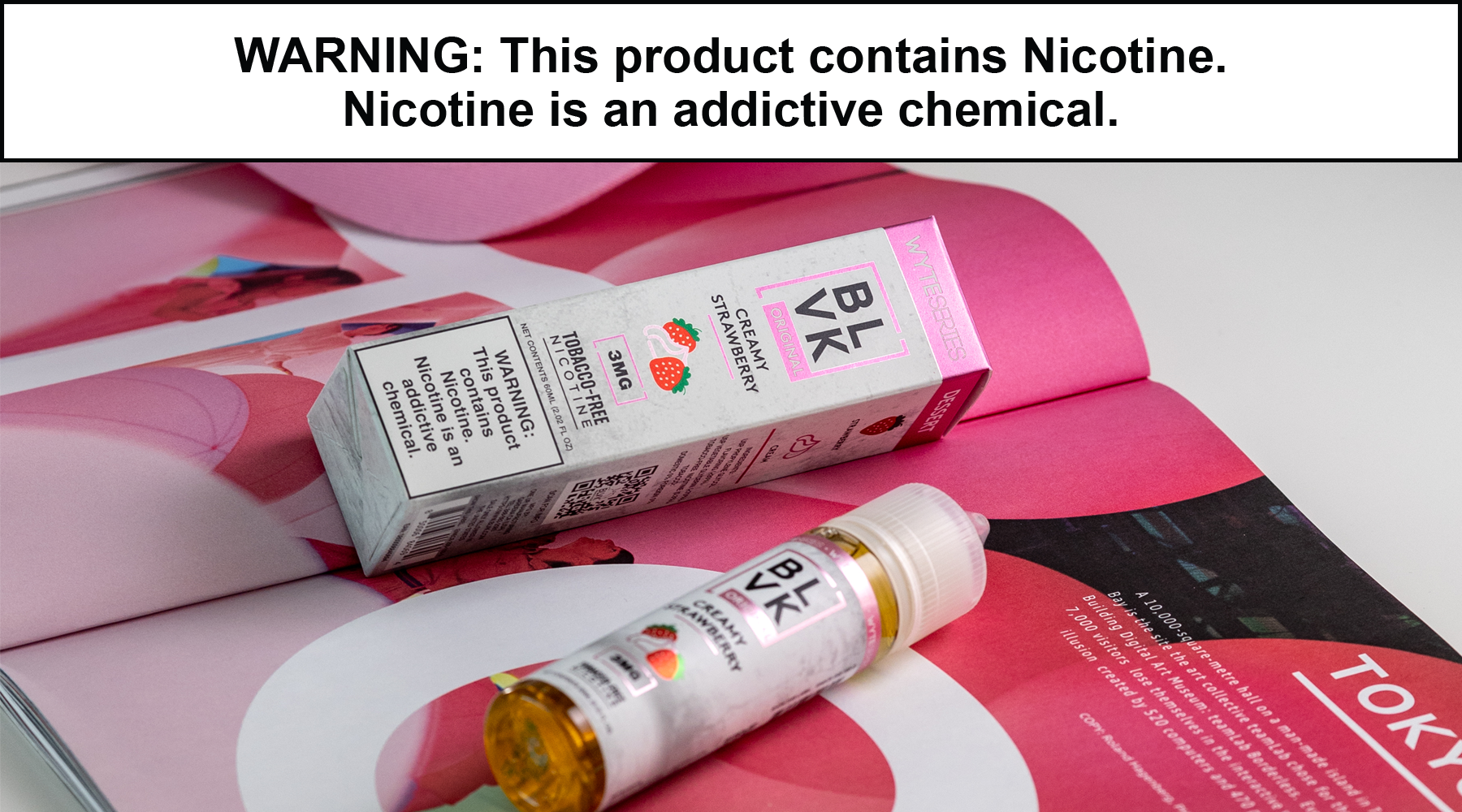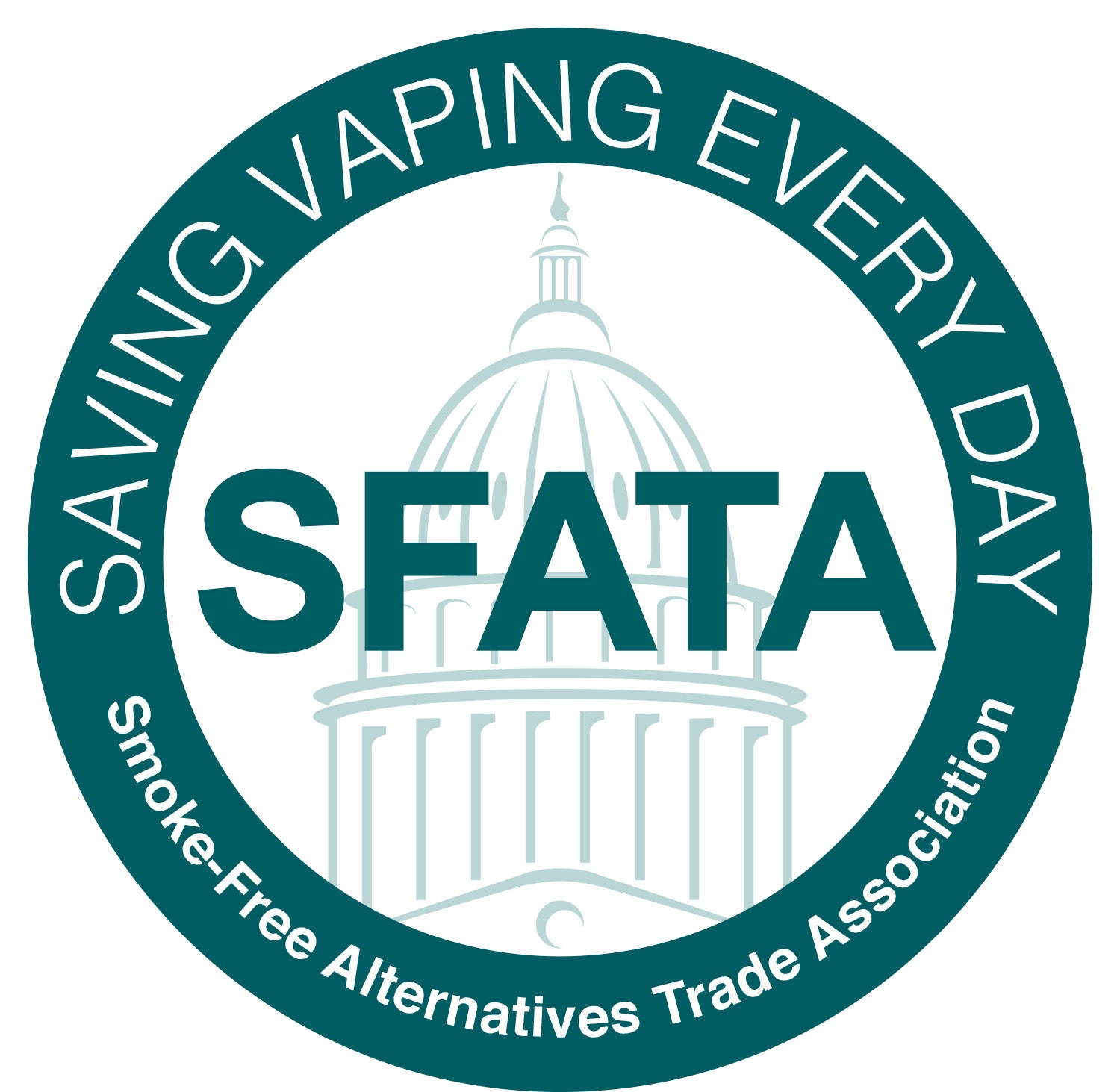Smoking tobacco remains a significant public health concern. What would the world look like if all smokers were to transition to vaping, though? The question raises intriguing possibilities. A study by the American Consumer Institute (ACI) sheds light on the potential impact of such a shift. Justin Leventhal, an economist with the ACI, compiled the study. The ACI is a nonpartisan think tank that delves into the realm of nicotine vaping to explore its implications for public health.
In this guide, we'll explore the findings of the ACI study. We'll look at the challenges posed by the tobacco industry. Let's explore the hypothetical nationwide switch from smoking to vaping.
Potential Impact of Vaping on Public Health
In short, a public health crisis would be averted if the U.S switched from smoking to vaping. Let's get into the numbers.
First, an estimated 480,000 former and current smokers die in the U.S. from smoking or smoking-related illnesses annually. The plus side is that technological advancements in quitting methods, increased public knowledge, and civic action have helped smoking rates decline over time. That brings forth evidence that e-cigarettes and vapes are nearly twice as effective as nicotine replacement therapies. Gums, patches, and nicotine pouches aren't getting smokers to quit as well as e-cigarettes are.
Here are some major highlights of the study:
- Removing barriers for adults to switch to vaping would drastically reduce deaths from smoking-related diseases.
- In fact, it could result in nearly 300,000 fewer deaths each year nationwide.
- As it stands, state restrictions on adult-use vaping make it more difficult for smokers to quit smoking. It simply costs more lives each year that these regulations remain in place.
Challenges Due to the Tobacco Industry
Despite its potential benefits, the transition from smoking is still a far-off dream for the country. Many hurdles come from the tobacco industry. Historically, the tobacco industry has wielded considerable power and influence. They help shape policies and regulations that, overall, impact public health outcomes.
Tobacco Industry-Sponsored Legislation
One major obstacle is tobacco-sponsored legislation that helps restrict access to vaping products. These efforts are often disguised as measures to protect public health despite it being largely unfounded. In reality, these laws maintain the dominance of traditional tobacco products in the market.
The tobacco industry continues to lobby for regulations that limit the availability and even appeal of vape products. As a result, they effectively impede smokers from accessing potentially life-saving alternatives.
Flavor Bans Result in Higher Cigarette Sales
The implementation of flavor bans is another barrier to widespread vaping adoption. These are often positioned in regulation as a "means to curb youth vaping." It overlooks the preference of adult smokers seeking alternatives to traditional tobacco products. It also overlooks that youth smoking is arguably more concerning that youth vaping.

Research continues to show that flavor variety plays a massive role in enticing smokers to transition. Flavor bans are counterproductive in harm reduction efforts. The focus should instead be on evidence-based policies. These should balance youth protection with harm reduction for current adult smokers.
Youth Vaping: The Gateway Effect Fallacy
The ACI study indicates the FDA's missteps in banning flavors. Meanwhile, countries like the UK embrace vaping as an effective smoking cessation tool. Other countries consider the health of smokers and the cost of providing healthcare to them. Scandinavian countries, for example, credit alternatives to smoking like vaping with their sharp reduction in deaths. The ACI even addresses the "gateway effect" that lobbyists argue. The claim is that delicious vape flavors result in an increase in youth nicotine use.
On the contrary, the study's results show that vaping is not drawn in more youth use of nicotine products. And it certainly does not serve as a gateway for smoking cigarettes. In reality, data shows an increase in youth vaping from 2012 to 2020. To offset it, though, there was also a sharp decrease in youth smoking rates. The data serves to demonstrate that vaping isn't drawing in more youth use of nicotine. If anything, it's reducing the number of overall cigarette smokers.
At present, flavored vapes may be the most effective tool to get adults to quit smoking tobacco. Despite the seemingly good intentions of restricting flavored vape products, it simply creates another barrier for some to quit smoking. Ultimately, it results in adult smokers being unable to quit, leading to otherwise avoidable deaths.
Why Evidence-Based Policies Matter

The goal should always be to shape effective public health strategies. Maximize positive outcomes for society. Evidence-based policies helps us achieve this. Policymakers can rely on rigorous scientific data and data-driven analysis. From there, they can make truly informed decisions that prioritize society's well-being.
Policies should come from scientific evidence rather than ideological beliefs. And it should never come from an industry's influence over a government body.
Evidence-based approaches helps avoid implementing ineffective or harmful measures. The ones we see now increase cigarette sales rather than reducing them.
Policies based on evidence promote transparency and accountability. They make decision-making processes easier. Moreover, evidence-based policies provide a framework for promoting equity and social justice.
Closing Thoughts
As we wrap up, it's fun to see what the prospect of all smokers making the switch from smoking to vaping looks like. We can see there's a massive potential for improving public health outcomes. More users aim to transition each year, reducing the staggering toll of smoking-related deaths. The findings of the ACI underscore the lifesaving impact vaping can have. Widespread adoption of e-cigarettes could potentially prevent hundreds of thousands of deaths annually.
To close today's guide, it's important to note, users and governments alike must commit to evidence-based approaches. By doing so, we can pave the way for a healthier future. That future is bright with access to effective smoking cessation options. If you've been considering the journey to quit smoking cigarettes, this is your sign. Shop BLVK to discover your favorite e-liquid blend and begin the transition today.










Leave a comment
This site is protected by reCAPTCHA and the Google Privacy Policy and Terms of Service apply.